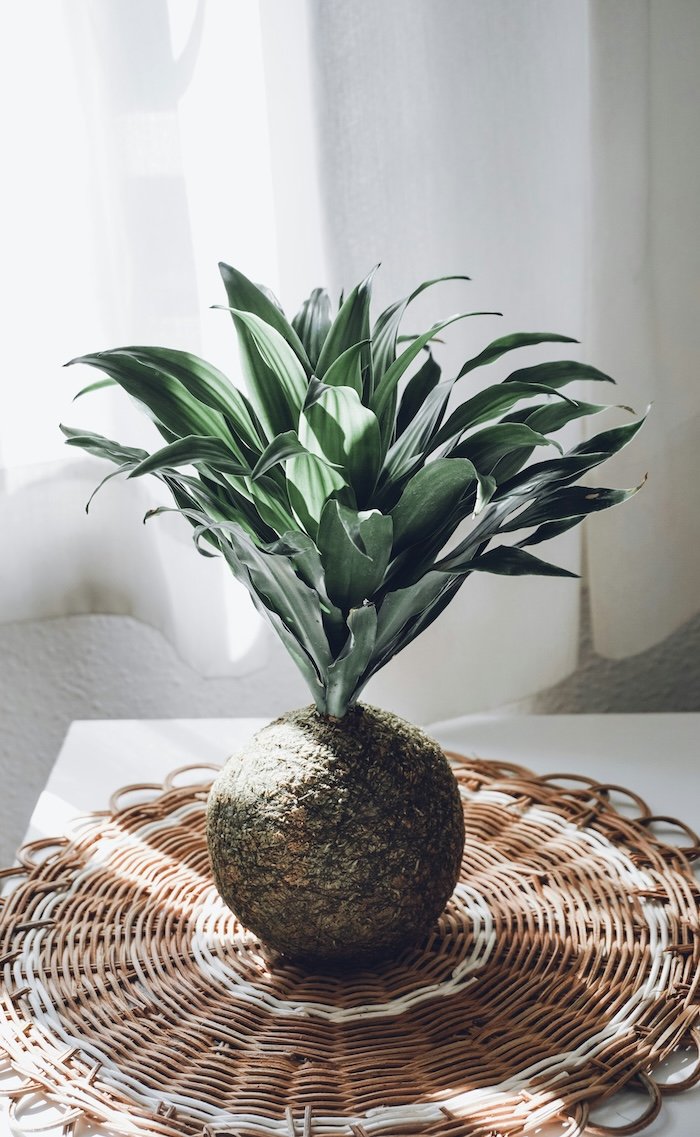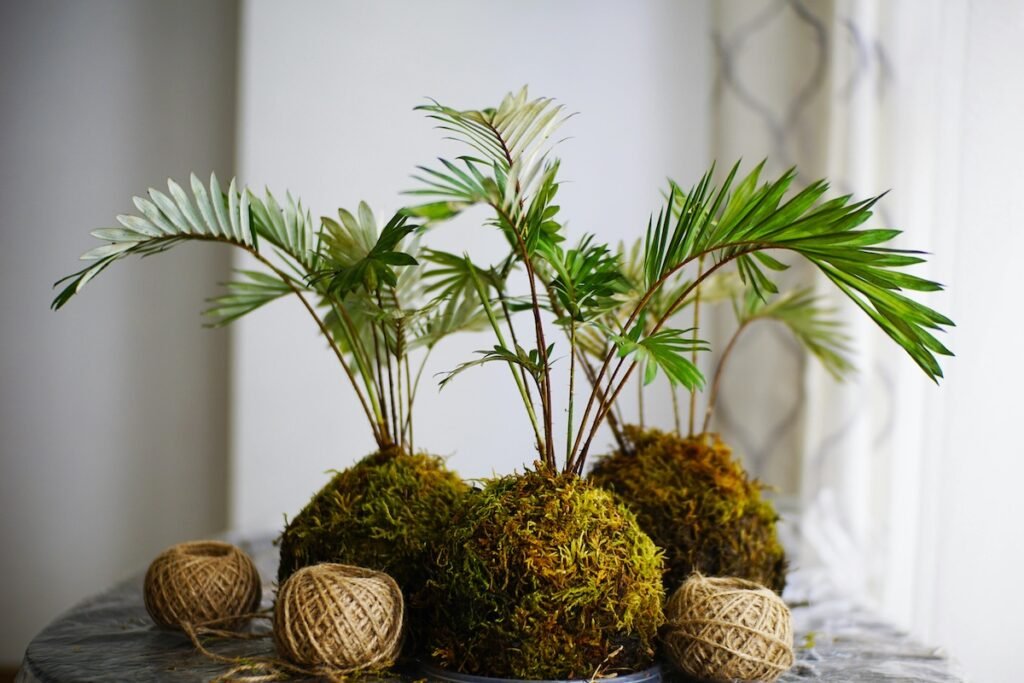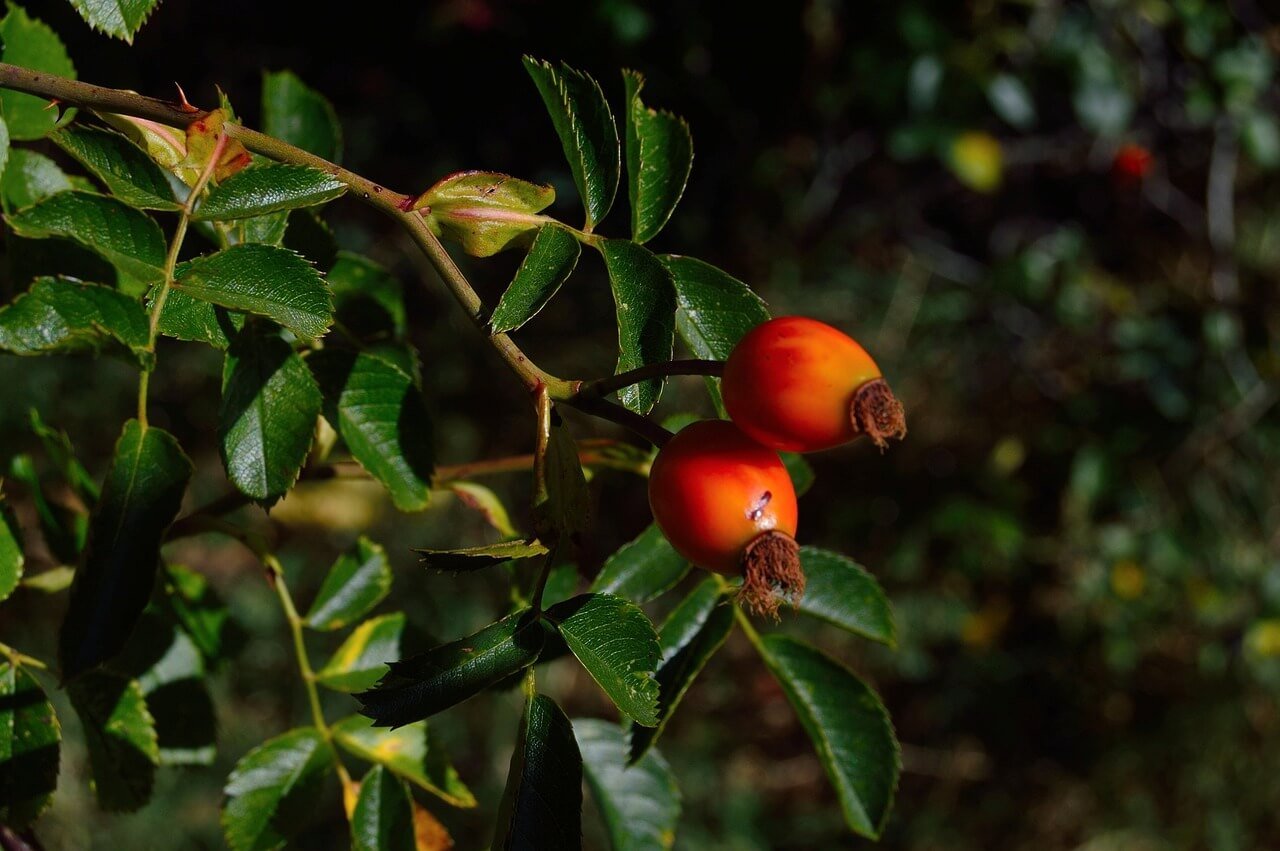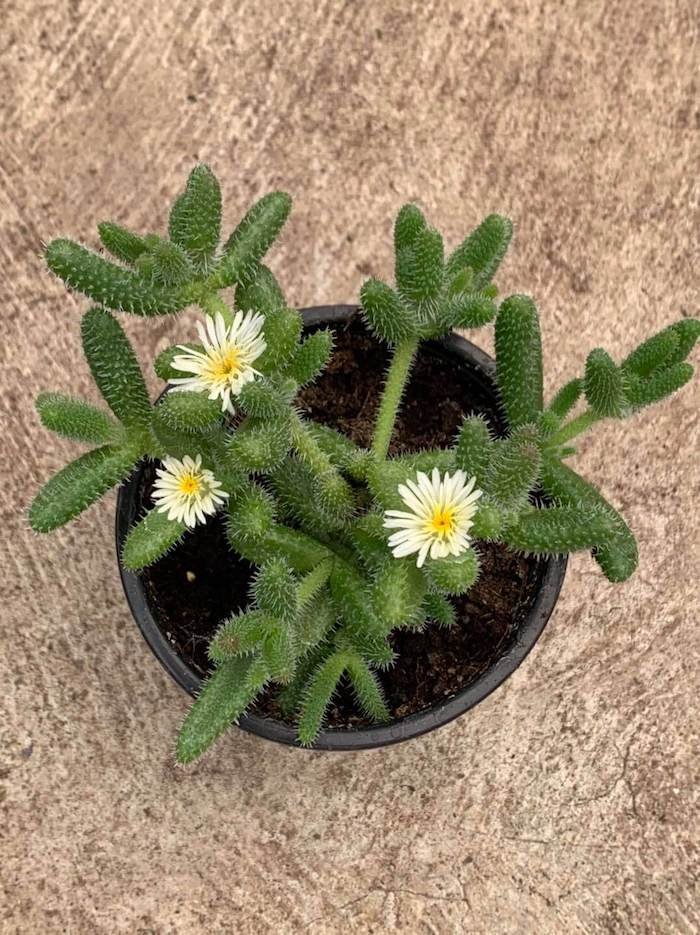DIY Hanging Succulent Plants: Create Your Own Kokedama Garden in 6 Easy Steps

Ever wanted to bring a bit of green indoors but don’t have a ton of space? Or maybe you’re just looking for a fun, hands-on project that results in something really cool? Well, you’re in luck! We’re going to make some awesome hanging succulent plants using a technique called Kokedama. It’s basically a moss ball with a plant growing out of it, and it looks super neat. You don’t need to be a master gardener or anything; just follow these simple steps, and you’ll have your own unique Kokedama garden in no time.
Key Takeaways
- Kokedama is a Japanese art form that involves growing plants in a moss-covered ball of soil.
- Succulents are great for Kokedama because they don’t need a lot of water.
- You can make your own hanging succulent plants with just a few basic items.
- Making Kokedama is a fun and creative project that adds a unique touch to your home.
- Once made, Kokedama hanging succulent plants are pretty easy to care for.
1. Succulents
Choosing the right succulents is key to a thriving kokedama garden. We’ve found that certain varieties adapt better to being suspended in a kokedama planter. Think about the look you’re going for – do you want something compact and round, or a more dramatic, trailing succulent?
Here’s what we consider:
- Size: Smaller succulents are easier to manage in a kokedama ball.
- Water Needs: Opt for succulents with similar watering requirements.
- Light: Consider where you’ll hang your kokedama; choose succulents that match the light conditions.
We love using Echeverias for their rosette shape, Sedums for their trailing habit, and Haworthias for their unique textures. These are all pretty easy to find and care for, making them great for beginners.
For a more dramatic effect, consider incorporating a succulent wall planter into your design. It adds a different dimension and allows you to showcase a wider variety of plants. Ultimately, the best succulents are the ones you love and that fit well within your kokedama vision. Don’t be afraid to experiment and see what works best for you! A well-chosen succulent can really make your kokedama ball stand out.

2. Moss
Okay, so moss is pretty important for this project. It’s what gives the kokedama its signature look, that cool, natural vibe. Plus, it helps to keep the soil together and retain moisture, which is great for your succulents. We’re basically making a little mossy home for them!
There are a couple of options when it comes to moss. You can buy it at a garden center, which is super convenient. Or, if you’re feeling adventurous, you can try to find some in your backyard or a nearby wooded area. Just make sure you’re allowed to harvest it, and be respectful of the environment. We don’t want to damage the local ecosystem while crafting.
When gathering moss, only take what you need and leave plenty behind for it to regenerate. It’s all about balance and sustainability.
Before using the moss, give it a good soak in water. This will make it easier to work with and help it stick to the soil ball. Squeeze out any excess water before you start wrapping. This step is crucial for a well-formed kokedama.
Here’s a quick rundown of why moss is so awesome for this project:
- It looks great and gives a natural aesthetic.
- It helps retain moisture for the succulents.
- It acts as a binder to hold the soil together.
- It’s fun to work with (once you get the hang of it!).
3. Soil
Okay, so soil is pretty important when you’re making kokedama for succulents. It’s not just any old dirt; it’s gotta be the right mix to keep those little guys happy. We’ve learned that succulents need well-draining soil to prevent root rot, which is like, their worst enemy. So, what do we do?
First off, forget about using regular garden soil. It’s way too heavy and holds too much water. What we want is something that mimics their natural environment – think rocky, slightly sandy, and definitely not soggy.
Here’s what we usually go for:
- Cactus Mix: This is a great base. You can find it at pretty much any garden center. It’s designed for succulents and cacti, so it’s already got good drainage.
- Potting Soil: We mix in a bit of regular potting soil, but not too much. It helps with moisture retention, but we don’t want to overdo it. Suitable soil mix is key for healthy kokedama.
- Perlite or Vermiculite: These are our secret weapons. They help with aeration and drainage. We usually add about 25% perlite to our mix.
We usually mix these ingredients in a bowl until we get a nice, loose, and airy mix. It should feel light and not clump together too much. If it feels too heavy, add more perlite. If it feels too dry, add a tiny bit more potting soil. It’s all about finding the right balance.
And remember, the goal is to create a soil mix that drains well but still provides enough nutrients for our succulents to thrive. It might take a little experimenting to find the perfect blend, but trust us, it’s worth it! After all, happy soil equals happy succulents!
4. Twine

Okay, so now we’re talking about twine. Twine is what’s going to hold everything together, literally. We’ve found that using a natural fiber twine, like jute or hemp, works best. It’s strong, it’s biodegradable, and it gives a really nice, rustic look to your kokedama. Plus, it’s easy to work with. You can find it at most hardware stores or craft shops.
We usually grab a big roll because you never know how much you’ll actually need. It’s better to have too much than too little, right? Make sure it’s thick enough to handle the weight of your succulent and soil ball. Thin twine might snap, and nobody wants a succulent disaster.
Here’s a few things to keep in mind when you’re picking out your twine:
- Strength: Can it hold the weight?
- Texture: Do you like the way it looks and feels?
- Durability: Will it last outdoors?
We like to soak our twine in water before we start wrapping. It makes it a little more pliable and easier to work with. Plus, it helps to tighten up as it dries, giving your kokedama a more secure hold. It’s a small step, but it makes a big difference.
And if you’re thinking about growing your own ingredients for salsa, why not start with a salsa garden? It’s a fun and rewarding project!
5. Scissors
Scissors are a pretty straightforward tool, but essential for a few key steps in our kokedama creation. We’ll primarily use them to cut the twine and moss to the sizes we need. It’s always a good idea to have a sharp pair handy, so the cuts are clean and easy. Dull scissors can make the process frustrating, especially when trying to trim the moss neatly. We’ve found that having a dedicated pair of craft scissors makes a difference, as they tend to stay sharper longer than the ones we use in the kitchen. Plus, using the right scissors helps avoid accidentally shredding the materials, which can happen with duller blades. Remember to keep them nearby as you work, because you’ll be reaching for them quite often. You might need needle-nose pliers too.
Having a good pair of scissors is like having a reliable friend during this project. They’ll be there to help you shape and refine your kokedama, ensuring everything looks just right.
6. Water
Okay, so you’ve got your adorable little kokedama all set up. Now, how do we keep these green friends happy and hydrated? It’s not as tricky as you might think!
First off, forget about traditional watering cans. We’re going for a more immersive experience. Think of it as a spa day for your succulents.
Here’s our method:
- Grab a bowl or bucket big enough to fully submerge your kokedama.
- Fill it with water. Tap water is generally fine, but if your tap water is super hard, consider using filtered water. Succulents can be sensitive!
- Gently place your kokedama in the water, moss-side down. Let it soak for about 10-20 minutes. You’ll see bubbles coming out as the moss and soil absorb the water. This is a good sign!
- Once it feels nice and heavy, take it out and let any excess water drain off. You don’t want it dripping everywhere when you hang it back up.
How often should you do this? Well, that depends. Feel the moss – if it feels dry to the touch, it’s time for a soak. Usually, this ends up being about once a week, but it can vary depending on the humidity and temperature in your home. During the winter, you might only need to water them every two weeks. Always check the moss color to determine if it needs water.
A good rule of thumb is to err on the side of underwatering rather than overwatering. Succulents are much better at handling drought than they are at handling soggy roots.
And that’s it! Keep an eye on your little moss ball, and it’ll tell you what it needs. Happy watering!
7. Bowl

Okay, so a bowl might seem a little out of place when we’re talking about hanging succulent gardens, right? Well, hear us out. We’re not going to hang the bowl itself (though, that’s an idea for another project!). Instead, we’re going to use it as a temporary workspace. Think of it as our kokedama construction zone.
Having a bowl around keeps things tidy. It contains the mess, especially when we’re mixing the soil and moss. Plus, it gives us a stable surface to work on, which is way better than trying to wrangle everything on a wobbly table. Trust us, your future self will thank you for the easy cleanup. A medium-sized mixing bowl works best.
Here’s why we find it so useful:
- Keeps the soil from spreading everywhere.
- Provides a stable base for shaping the kokedama.
- Makes cleanup a breeze.
We usually grab an old mixing bowl from the kitchen – nothing fancy needed. Just something that can handle a little dirt and water. You can even use a plastic tub if you don’t want to risk getting your good bowls dirty. The point is to have a dedicated space to contain the mess and make the process smoother.
So, while it’s not a permanent part of our hanging garden, the bowl is definitely a key player in the creation process. It’s all about making things easier and more enjoyable for us. And who doesn’t want that? Now, let’s get back to the fun part – building our kokedamas! You can even find gift boxes to give your creations away!
8. Wire
Okay, so wire is pretty important for holding everything together. We’re not just talking about any old wire here. You’ll want something that’s strong enough to keep your kokedama from falling apart, but also easy enough to work with. I mean, nobody wants to wrestle with stiff, unyielding wire while trying to create a beautiful hanging garden, right?
We like to use a copper-colored aluminum wire. It gives that nice, rustic look of copper, but it’s way easier to bend and cut. Plus, it’s usually cheaper, which is always a bonus. You could totally use real copper wire if you’re feeling fancy, but honestly, the aluminum stuff works just as well for this project. Just make sure whatever you choose is sturdy enough to handle the weight of the soil, moss, and succulent plants.
When you’re working with the wire, it’s a good idea to use some needle-nose pliers. The kind with the little cutting edges are super handy for trimming the wire without having to reach for scissors every time. Trust us, it makes the whole process a lot smoother.
Here’s a quick rundown of why we think wire is so great for kokedama:
- It provides structural support, keeping the moss and soil tightly packed around the plant’s roots.
- It allows you to shape the kokedama into a nice, round ball.
- It creates a secure anchor point for hanging your kokedama.
So, grab your wire, your pliers, and let’s get wrapping!
9. Chain
Okay, so you’ve got your kokedama ball all mossed up and ready to hang. Now we need something to actually, you know, hang it with! That’s where the chain comes in. We’ve found that using a chain gives a really nice, rustic look, plus it’s super durable.
Here’s what we usually do:
- First, figure out how long you want your hanging succulent plants to hang. This will determine the length of the chain you need. Remember to account for the hook and the height of your ceiling!
- Next, grab your chain and some pliers. We like using a lightweight chain so it doesn’t weigh down the kokedama too much.
- Carefully open up one of the chain links with the pliers. Thread it through the twine that’s wrapped around your kokedama ball. Make sure it’s secure!
- Close the link back up with the pliers. Give it a good squeeze to make sure it won’t come undone. Safety first!
The key is to distribute the weight evenly. You don’t want your kokedama tilting to one side. We usually attach the chain in three or four places around the ball to keep it balanced.
If you’re not a fan of chains, you could also use heavy-duty twine for hanging, but we think the chain adds a little something extra. Plus, it’s less likely to break over time. Just something to think about!
10. Hook
Alright, we’re almost there! Now, let’s talk about the hook. This is what’s going to let you actually hang your beautiful kokedama creation. We’ve tried a few different methods, and here’s what we’ve found works best.
First off, make sure the hook is sturdy enough to support the weight of your kokedama. Remember, once it’s watered, it’s going to be heavier than you think. We don’t want any surprise crashes!
Here’s a few things to consider:
- Type of Hook: S-hooks, ceiling hooks, or even decorative plant hooks can work. It really depends on where you plan to hang your kokedama.
- Material: Opt for metal hooks, especially if you’re planning to hang your kokedama outdoors. Plastic hooks can become brittle over time, especially with sun exposure.
- Installation: If you’re using a ceiling hook, make sure you’re screwing it into a stud or using an anchor. Drywall alone won’t cut it. Safety first!
We usually go for a simple, black metal S-hook. They’re easy to find, relatively inexpensive, and blend in well with most decor. Plus, they make it easy to take the kokedama down for watering or rearranging.
Once you’ve got your hook sorted, simply attach it to the chain or wire you used to suspend your kokedama. Give it a gentle tug to make sure everything is secure, and you’re good to go! Now you can admire your handiwork and enjoy your new hanging succulent garden.
Wrapping It Up
So there you have it! Making your own kokedama succulent garden is a fun project, and it’s not nearly as hard as it might seem. You get to play with dirt, make something cool for your home, and save some cash while you’re at it. Plus, these little moss balls look super unique and add a nice touch to any space. Give it a shot this weekend, and you’ll be surprised how easy it is to create your own green art.
Frequently Asked Questions
What exactly is Kokedama?
Kokedama is an old Japanese way of growing plants. It means “moss ball” in Japanese. Instead of a pot, the plant grows from a ball of soil covered in moss and wrapped with string.
What are the benefits of making my own hanging succulent garden?
Making your own hanging succulent garden is great because it’s cheap and easy to do. Plus, it’s perfect if you don’t have much space for plants.
How is succulent Kokedama different from regular Kokedama?
While traditional Kokedama uses soil that holds a lot of water, succulents need soil that drains quickly. So, for succulent Kokedama, we use a special soil mix that’s lighter and lets water pass through easily.
What materials do I need to make a succulent Kokedama?
You’ll need succulents, moss, special soil (like organic potting mix with perlite), twine, scissors, water, a bowl for mixing, wire, a chain, and a hook for hanging.
How do I water my Kokedama?
To water your Kokedama, you can dunk the whole moss ball into a sink or bucket of water. Let it soak until it feels heavy, then let any extra water drip out before hanging it back up. Don’t let it sit in water for too long.
How much does it cost to make a succulent Kokedama?
The cost can be pretty low! You can make one for around $6, depending on the price of your succulent and other materials. It’s much cheaper than buying a pre-made kit.
Can I use more than one succulent in a single Kokedama?
Yes, you can combine a few small succulents into one Kokedama for a fuller look. Just make sure their roots fit comfortably within the soil ball you create.
Are Kokedama hard to take care of?
Kokedama are pretty easy to care for, especially with succulents. They just need a sunny spot and occasional watering. The main thing is to make sure the soil doesn’t stay too wet, which succulents don’t like.






